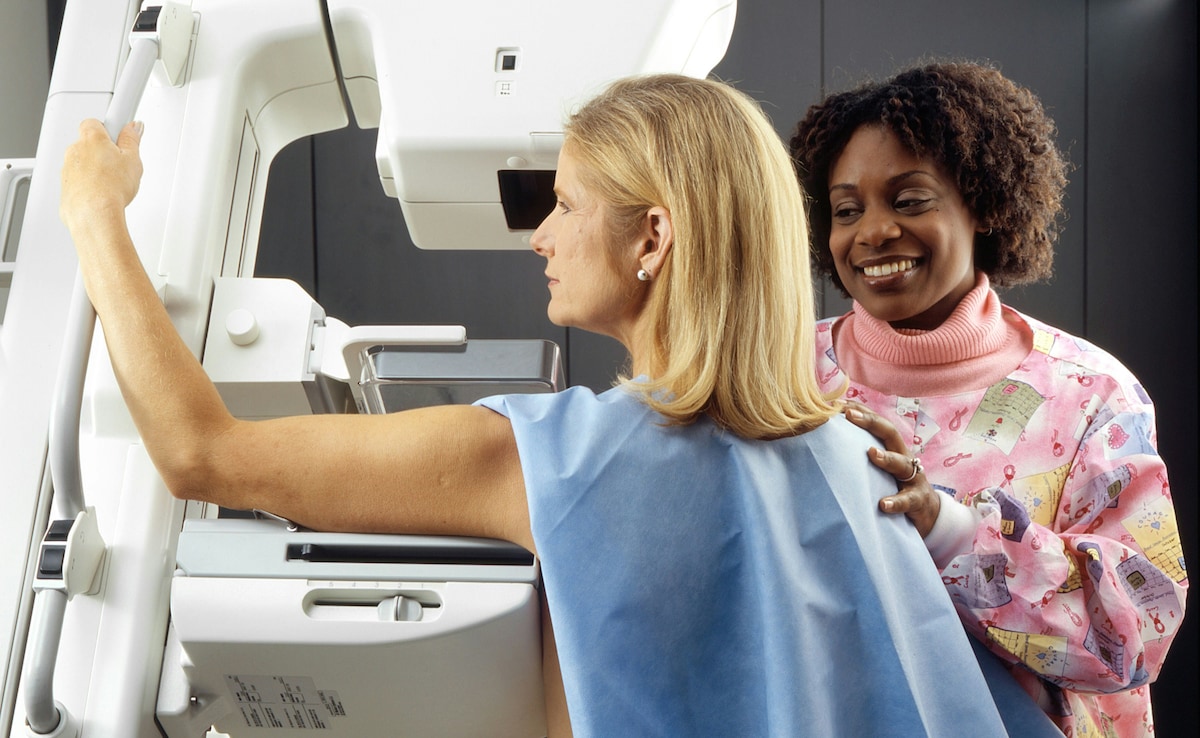
Breast Cancer Awareness Month often also called “Pink October” started in the mid-1980s as a public education campaign to promote awareness of breast cancer, encourage screening and raise funds for research and patient support. Over the decades it has grown from a week-long action to a global month of events from community screenings and survivor stories to policy pushing for better access to diagnosis as well as care. The aim is to get people talking about breast cancer and breast health in a way that reduces shame, fear and reduces early detection.
Why are mammograms important?
Breast cancer is now of the most commonly diagnosed cancers in women worldwide and is a major cause of cancer death. Large studies show that mammography screening reduces breast-cancer mortality in women in the screening age groups, the strongest benefit is seen in women aged 50–69, but more recent evidence and modelling have led some bodies to recommend starting routine screening at age 40. Good screening programs maximise benefits like early detection and fewer deaths while minimising harm like unnecessary procedures and anxiety. Keep reading as we discuss everything you need to know before getting a mammogram.
How to go about getting a mammogram?
- Book your appointment at a reputable and reliable imaging centre or hospital with experienced radiographers and a radiologist who reads breast images.
- Schedule the test for a week after your period if you still get monthly cycles since breasts are less tender then.
- Avoid deodorants, powders or lotions on the day as they can show up on the X-ray.
- Wear a two-piece outfit so you only need to remove your top; bring previous mammogram images if you have them for comparison.

Photo Credit: Unsplash
The procedure when you are at the imaging centre:
1. Arrival & registration
You'll be asked about family history, previous breast surgery, implants or breast symptoms.
2. Positioning
A trained technologist places one breast at a time on the mammography unit's platform and gently compresses it with a paddle. Compression is necessary as it flattens the breast for clearer images and lowers radiation dose. You may feel pressure or brief discomfort but it should not be severely painful.
3. Imaging
Standard screening usually takes two views per breast (top-to-bottom and side view). Digital mammography produces images quickly; tomosynthesis (3-D) takes additional slices and can improve detection in dense breasts.
The whole visit commonly takes 15–30 minutes.
After the mammogram
- When you'll get results: many centres provide preliminary results the same day or a letter, text message or call within a few days.
- Normal result: routine screening continues as advised for average risk, many guidelines now advise biennial screening from age 40–74, but recommendations vary, discuss with your doctor.
- Abnormal/indeterminate result: a “recall” does not mean cancer. Follow-up usually includes targeted diagnostic mammography views, ultrasound, and when needed, a biopsy. Many recalls turn out to be benign; still, timely follow-up is crucial.
Risks to know
• Radiation: mammograms use low-dose X-rays; the risk from the radiation is small compared with the potential benefit of detecting treatable cancers.
• False positives: recalls and extra tests are common and more frequent in younger women and those screened annually.
• Over-diagnosis: some detected abnormalities might never progress but current practice usually treats them, which is why informed decision-making matters.
Breast Cancer Awareness Month is a chance to convert attention into action. Know your personal risk, encourage relatives to get checked and help push for accessible, high-quality screening and diagnostic services close to home. A well-run mammography program saves lives but the decision to screen should be informed, shared with a clinician, and followed by timely care when needed.
Disclaimer: This content including advice provides generic information only. It is in no way a substitute for a qualified medical opinion. Always consult a specialist or your doctor for more information. NDTV does not claim responsibility for this information.
References
Mammograms — Fact Sheet, National Cancer Institute (NCI), National Institutes of Health (NIH), 2023.
Benefits and harms of mammography screening, NCBI / National Library of Medicine (review article), 2015.
The benefits and harms of breast cancer screening, The Lancet (commission/panel review), 2012.
Breast Cancer Awareness Month / WHO Global Breast Cancer Initiative — Breast cancer awareness month resources, World Health Organization (WHO) / Global Breast Cancer Initiative, 2024.
Track Latest News Live on NDTV.com and get news updates from India and around the world

